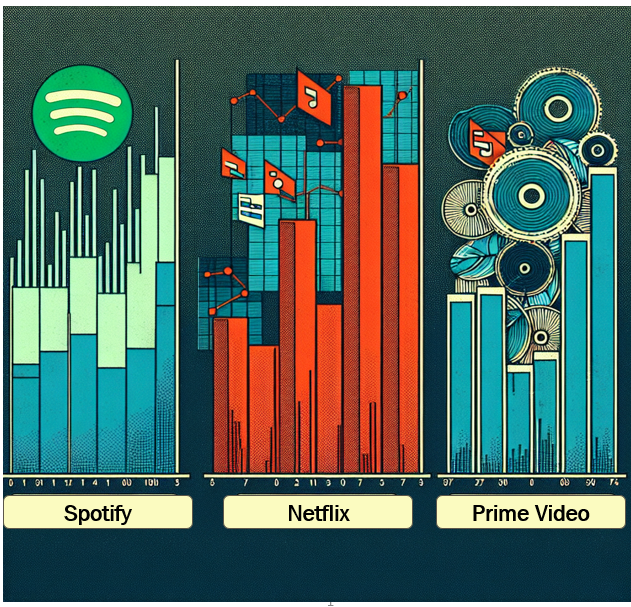"What Caught My Eye Last Week" In Advertising (9th June to 15th June)
1.Tinder’s “RelationChips” Turns a Data Point into a Snackable Brand Experience

- What Happened:
Tinder launched “RelationChips” from June 8–16, 2025—limited-edition sweet-and-spicy chips symbolizing that a new relationship starts on the app every three seconds. Each free bag, distributed via a dedicated website, included a QR code for a one-week Tinder Gold trial, combining physical product with digital promotion. - Why It Matters:
The campaign cleverly turned a stat into a sensory, shareable experience, helping reposition Tinder from hookup app to relationship catalyst. It used humor, influencer-driven TikTok content, and snack culture to authentically engage Gen Z—aligning brand storytelling with current cultural cues. - What It Signals:
RelationChips exemplifies the growing trend of “snackification” in marketing—blending physical products with digital CTAs to drive trial and engagement. Expect more brands to fuse data, pop culture, and tangible experiences to stay top-of-mind with younger audiences.
2.Cointreau’s “Any Tequila” Campaign: A Satirical Shake-Up of Celebrity Spirits

- What exactly happened?
Cointreau launched its “Any Tequila” campaign on June 12, 2025, featuring Aubrey Plaza in a satirical push that parodied celebrity-backed tequila brands. The campaign humorously declared that any tequila would do—as long as it’s paired with Cointreau—to craft the perfect Margarita. - Why is it relevant to the marketing community?
This campaign cleverly uses parody to cut through celebrity-brand fatigue, re-centering attention on product authenticity. It showcases how humor and cultural commentary, when well executed, can drive differentiation and deepen consumer engagement in a saturated category. - How does it bode for the future?
“Any Tequila” signals a shift toward meta-marketing, where brands critique category norms to stand out. Expect more campaigns that use wit, self-awareness, and personality-driven storytelling to challenge overused celebrity tactics and reclaim brand authority.
3.Pepsi’s “Share a Pepsi”: A Food-First Parody of Coca-Cola’s Classic Campaign

- What exactly happened?
Pepsi launched its “Share a Pepsi” campaign from June 10–16, 2025, parodying Coca-Cola’s iconic “Share a Coke” by replacing personalized names with food pairings like “Pizza” and “Burgers,” reinforcing Pepsi as the ultimate food companion during summer cookout season. - Why is it relevant to the marketing community?
This campaign exemplifies challenger-brand storytelling, using parody to hijack a rival’s cultural equity while reinforcing Pepsi’s “Food Deserves Pepsi” positioning. It highlights how humor, timing, and cultural alignment can drive attention—even when leveraging a competitor’s playbook. - How does it bode for the future?
While risky in originality, the campaign signals a broader trend of brands leaning into satire and competitive mimicry. As consumer loyalty wanes and media noise grows, marketing that cleverly recontextualizes familiar formats may become a more common tactic for underdog brands seeking relevance.
4.Stanley Taps Post Malone to Evolve From Viral Cups to Lifestyle Brand

- What exactly happened?
Stanley 1913 is launching its biggest celebrity collaboration yet with Post Malone on June 16, featuring a curated product line that includes a metal lunchbox, flask, beer cup, and a stylized Quencher. This rollout aligns with new brand officer Kate Ridley’s push to reposition Stanley beyond hydration gear and into the lifestyle category. - Why is it relevant to the marketing community?
Stanley's shift from utility to culture-driven storytelling—via celebrity partnerships and fashion-forward design—demonstrates the power of strategic collaborations in reshaping brand identity and reaching Gen Z and female audiences. It’s a strong case for how product aesthetics and cultural alignment can fuel viral growth and brand reinvention. - How does it bode for the future?
With plans to extend into fashion and sports, Stanley is positioning itself as a long-term cultural player. This signals a broader trend where functional brands are rebranding through emotional resonance, creative expression, and platform-native storytelling—blurring the lines between product utility and lifestyle relevance.
5.Publicis Roars Into Cannes With Live Lion Stunt to Spotlight Influencer Power

- What exactly happened?
Publicis Groupe is launching a bold campaign at Cannes Lions 2025 featuring a real lion named George, showcased by wildlife creator Shandor Larenty. The stunt promotes Publicis’ newly expanded influencer marketing capabilities following major acquisitions like Influential, BR, and Captiv8. The campaign includes OOH ads, Instagram posts, and a live “lion tracker” to demonstrate influencer-driven reach. - Why is it relevant to the marketing community?
By contrasting influencer reach with high-cost traditional media like Super Bowl ads, Publicis is positioning its AI-driven influencer tools as a smarter, scalable alternative for brands. This creative execution is a case study in leveraging humor, spectacle, and real-time engagement to break through festival noise and demonstrate platform value to marketers directly. - How does it bode for the future?
With the creator economy projected to nearly double by 2027, Publicis' investment in influencer tech reflects a larger industry pivot toward data-informed, creator-led storytelling. This campaign signals a future where influencer marketing becomes central to brand building—integrated with tentpole moments, powered by AI, and designed for measurable scale.
6.SharkNinja Leverages Dirty Soda Trend and MomTok Stars to Boost Thirsti Drink System

- What exactly happened?
SharkNinja has partnered with The Secret Lives of Mormon Wives influencers Jen Affleck and Demi Engemann to promote its customizable Ninja Thirsti Drink System. The campaign, built around the viral "dirty soda" trend, includes exclusive flavor packs and a full-scale social media push coinciding with the show’s second season. - Why is it relevant to the marketing community?
This campaign highlights the power of culturally niche content and hyper-relevant influencer alignment. By tapping into the MomTok community and the viral dirty soda craze, SharkNinja successfully fuses product innovation with entertainment-led influencer marketing to drive both conversation and conversions. - How does it bode for the future?
As customization becomes a central consumer demand, especially in kitchen tech, SharkNinja’s success signals a broader move toward lifestyle-driven appliance marketing. Expect more brands to embrace subcultural trends, creator-led storytelling, and upper-funnel engagement tactics that prioritize virality and social proof as key sales levers.
Featured Blogs

TRENDS 2024: Decoding India’s Zeitgeist: Key Themes, Implications & Future Outlook

How to better quantify attention in TV and Print in India

AI in media agencies: Transforming data into actionable insights for strategic growth

How the Attention Recession Is Changing Marketing

The New Luxury Why Consumers Now Value Scarcity Over Status

The Psychology Behind Buy Now Pay later

The Rise of Dark Social and Its Impact on Marketing Measurement

The Role of Dark Patterns in Digital Marketing and Ethical Concerns

The Future of Retail Media Networks and What Marketers Should Know
Recent Blogs
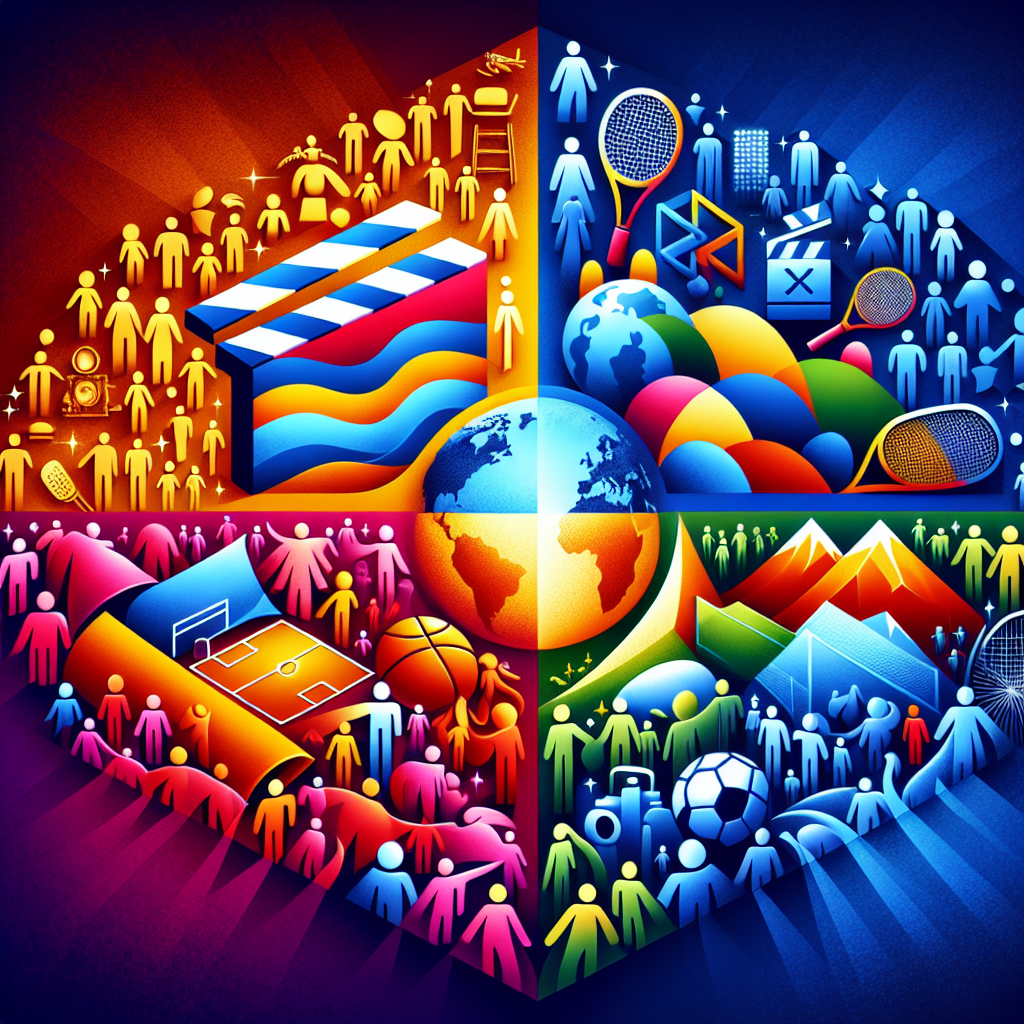
Trending Topics of The Week (2nd December – 8th December)
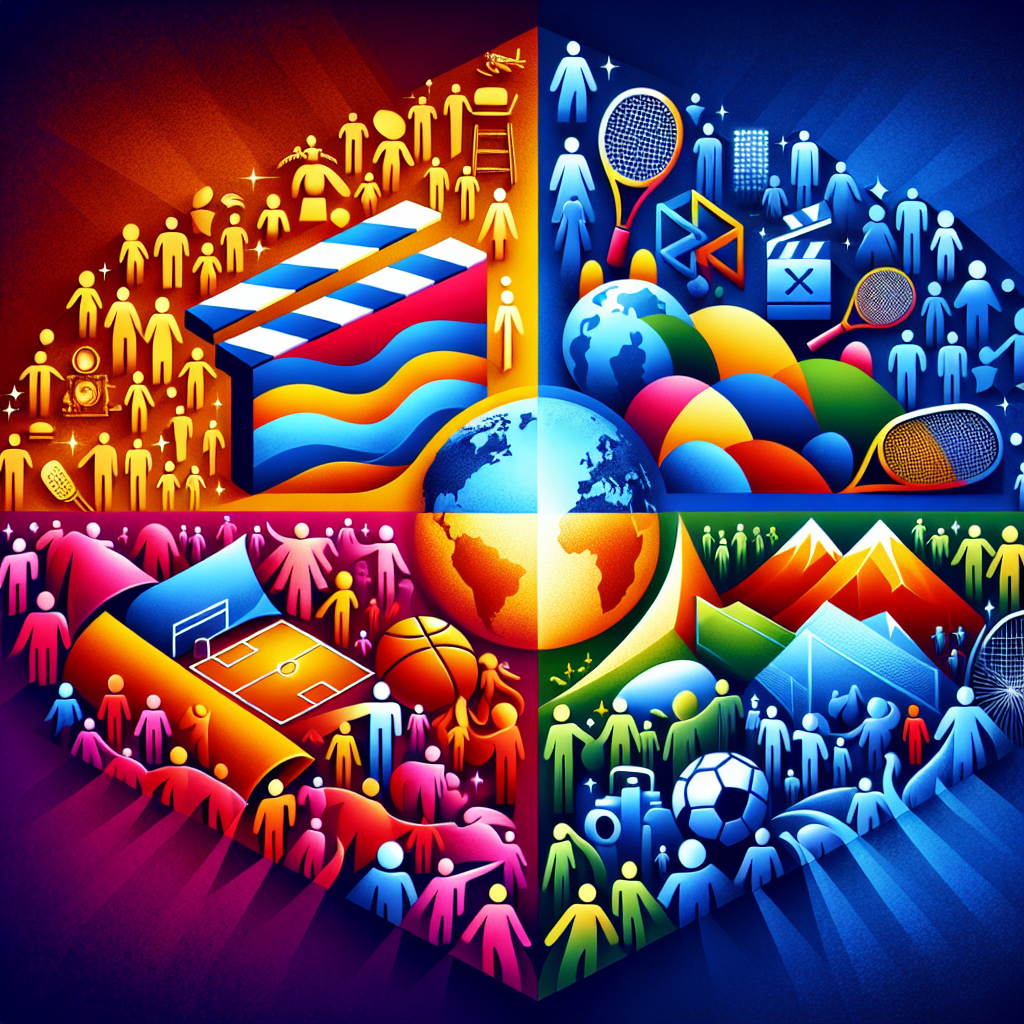
Trending Topics of The Week (25th November – 1st December)
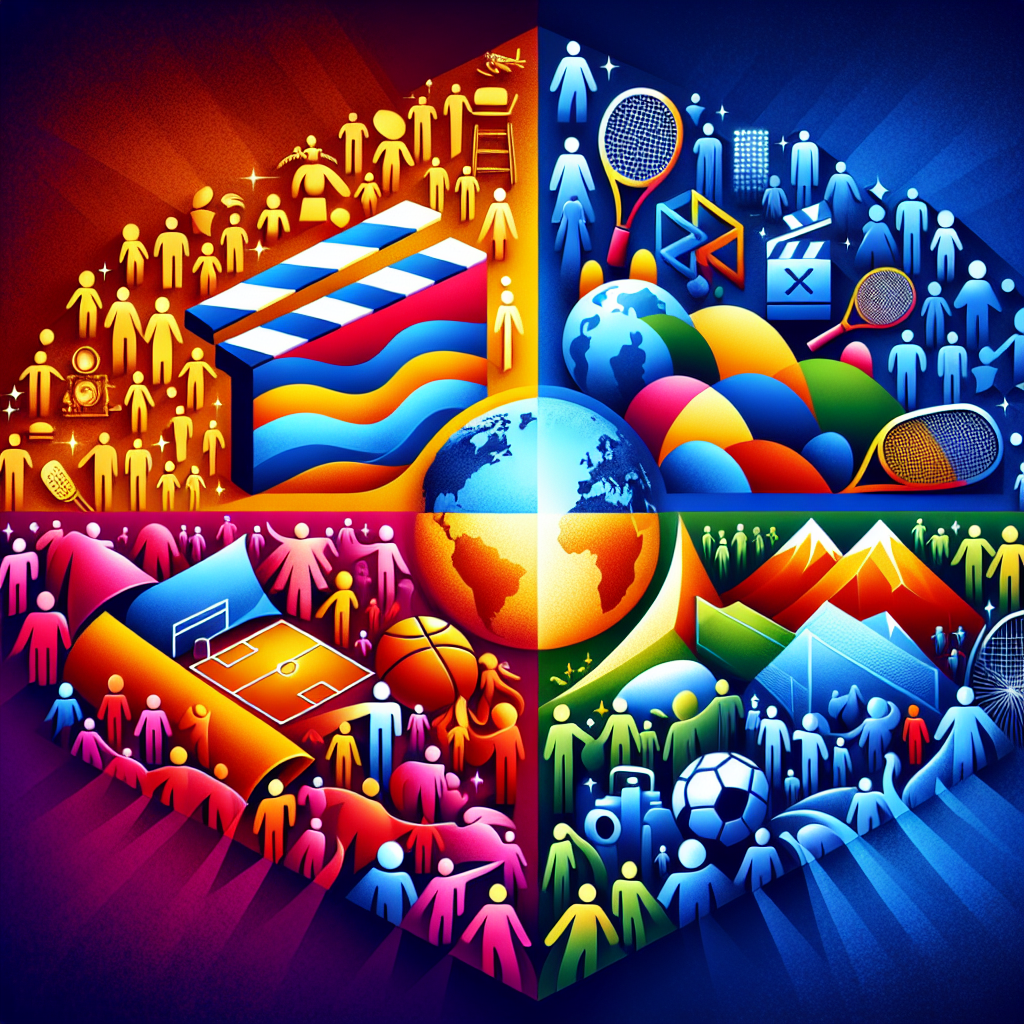
Trending Topics of The Week (18th November – 24th November)
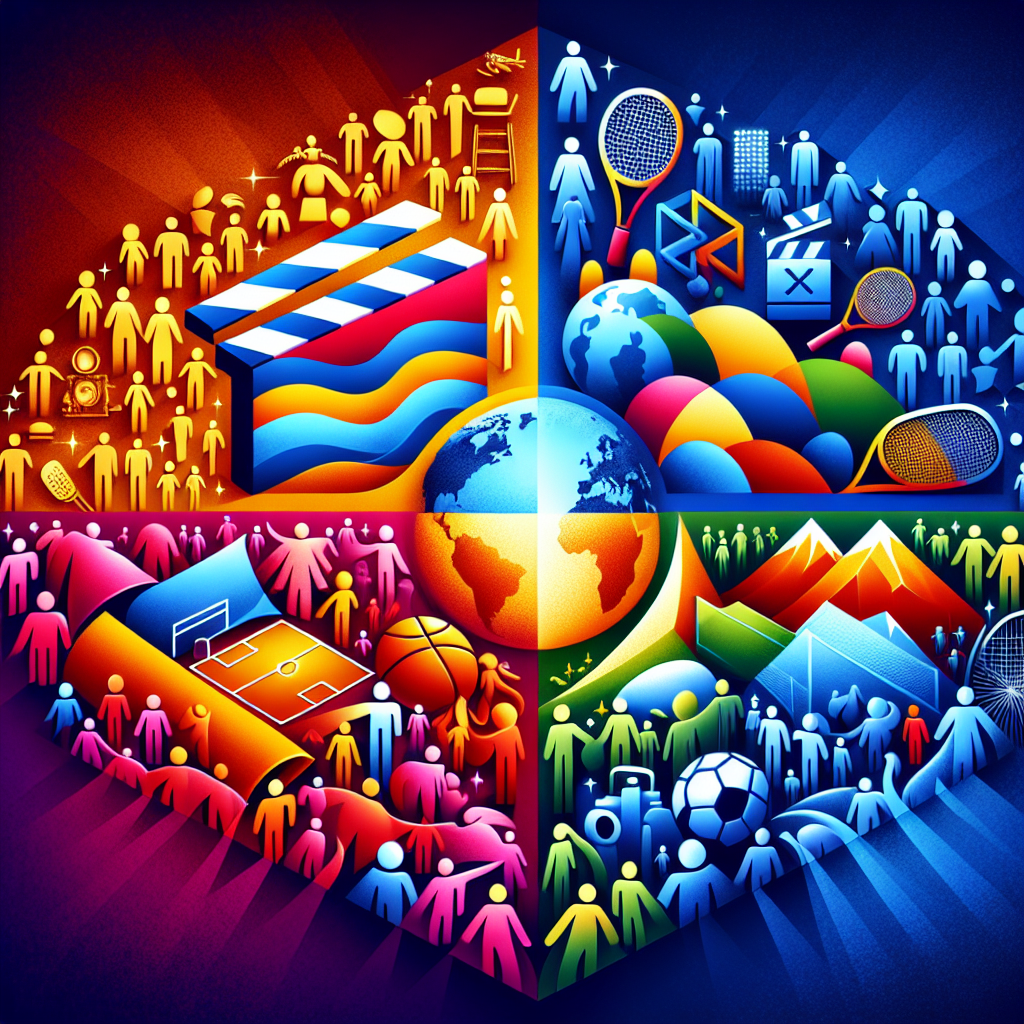
Trending Topics of The Week (11th November – 17th November)

Trending Topics of The Week (4th November – 10th November)
